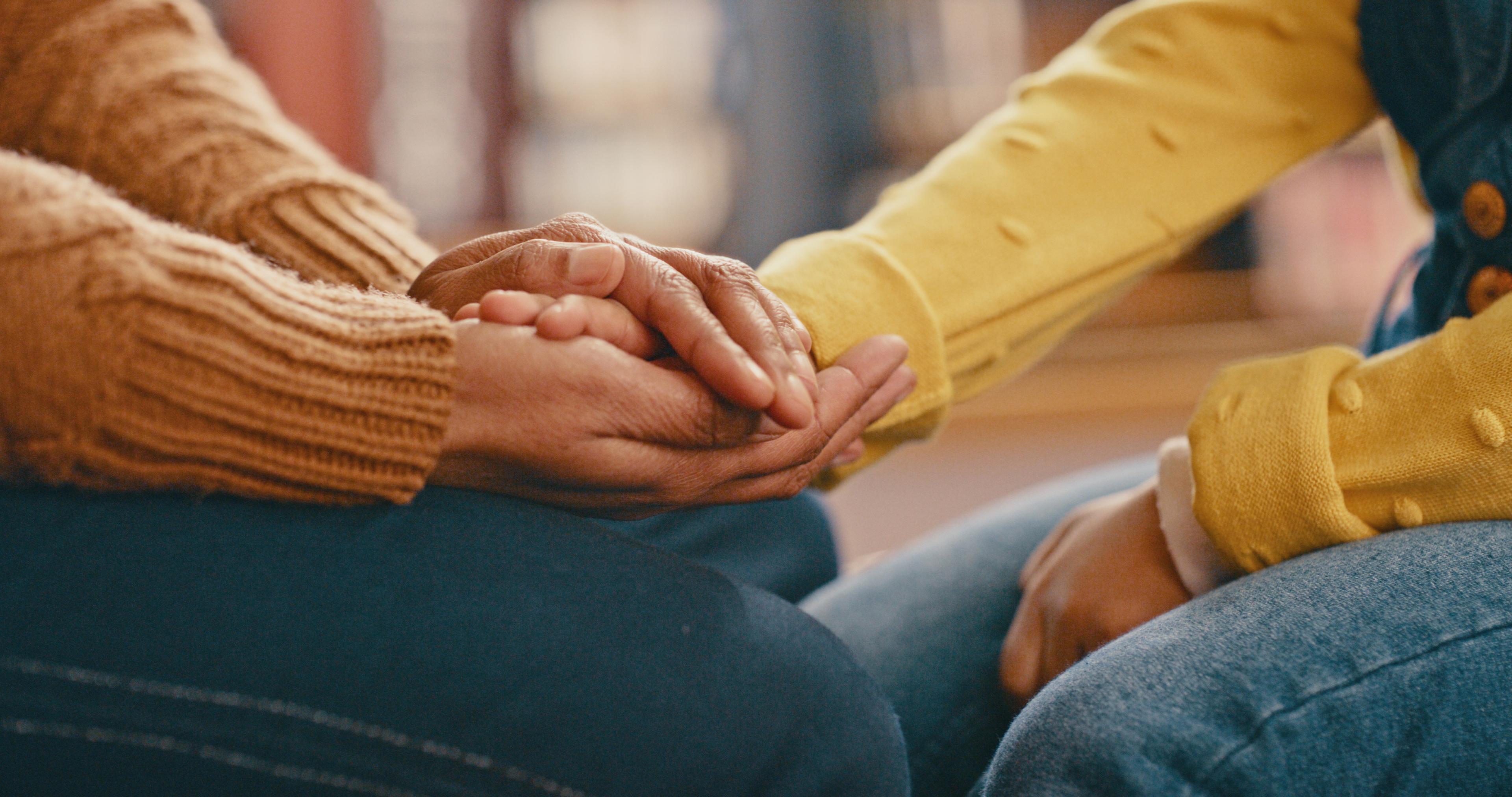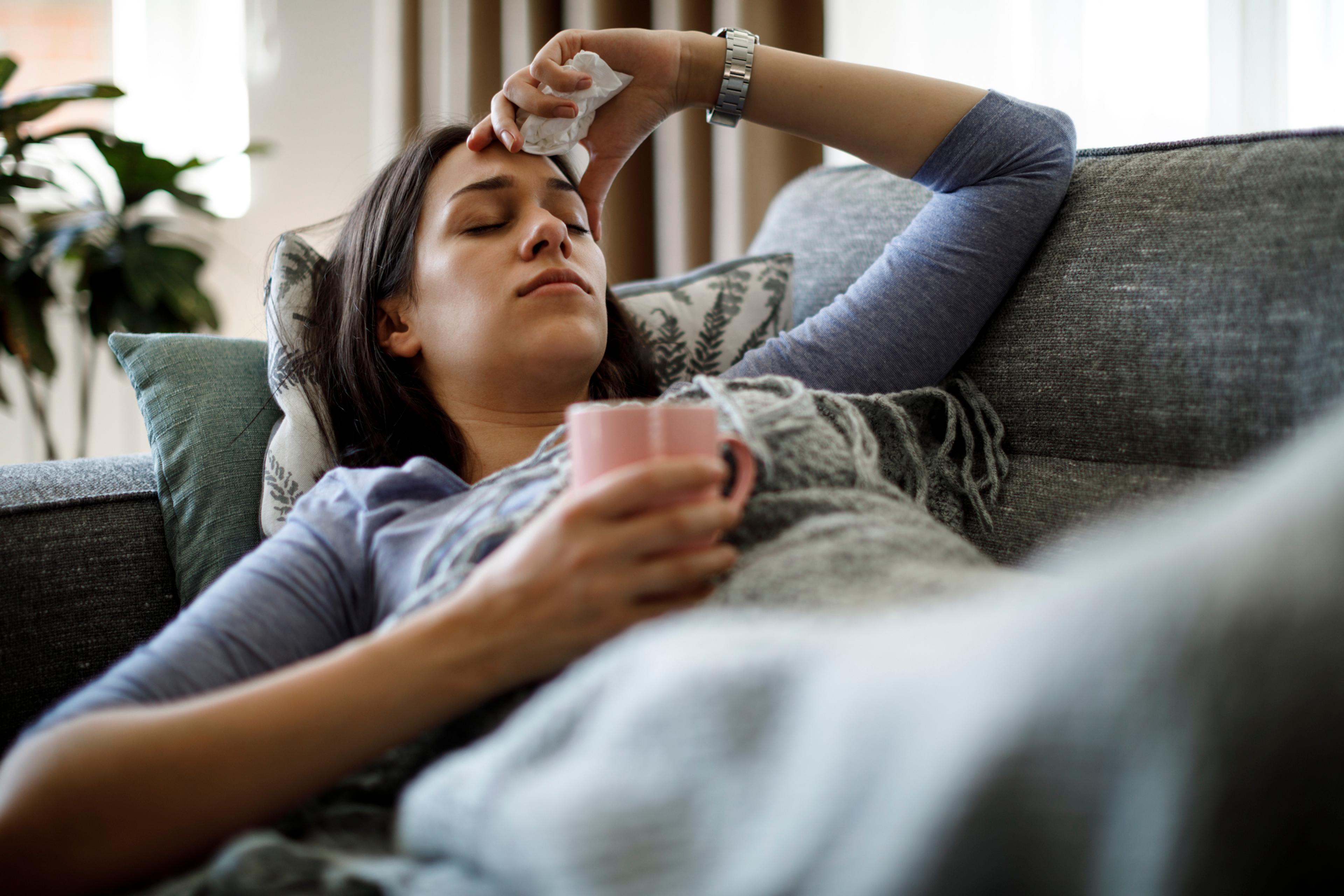Suicide Prevention Month: Ways to Spread Awareness and Get Involved
Jake Newby
| 4 min read

Since 2008, September has been declared National Suicide Prevention Month. It marks a time to acknowledge those affected by suicide and raise awareness about a highly stigmatized topic. If you’re interested in advocating against suicide but don’t know where to start, this guide should help.
How to get involved during Suicide Prevention Month
Discuss to break the stigma: The way we discuss suicide in public can have a major impact on help-seeking behaviors among those struggling with suicidal thoughts. Research shows that certain types of public messaging about suicide can increase risk among vulnerable individuals. But positive discussions that spread hope, vital information and resources can be a powerful resiliency-promoting tool. It also highlights effective prevention efforts and encourage those struggling to find help.
Use the correct terminology: One way to destigmatize suicide discussions is to practice using the correct terminology. Phrases like “commit/committed suicide” and “(name) is suicidal) are insensitive, and only stand to reinforce the stigma that prevents people from seeking help when they need it most. Proper terminology includes “died by suicide,” “death by suicide,” “(name) is facing suicide/thinking of suicide.” Being mindful of our language can help save lives. Read the Center for Addiction and Mental Health’s Suicide Language Guide for more .
Utilize social media: Getting involved on your social media platform to share personal experiences, key facts or links to suicide resources in general can be a great way to spread awareness. The National Alliance on Mental Illness (NAMI) created graphics that illustrate key facts. The images found at this link can be downloaded and are permissible for use on websites and social media accounts. 988lifeline.org also provides logos and awareness ribbons that are free to download and use online.
Educate and share key facts: These suicide statistics are courtesy of NAMI:
- Although more women than men attempt suicide, men are 4x more likely to die by suicide.
- Suicide is the leading cause of death for people held in local jails.
- Transgender adults are nearly 9x more likely to attempt suicide at some point in their life compared to the general population.
- Lesbian, gay and bisexual youth are 4x more likely to attempt suicide than straight youth.
- 46% of people who die by suicide had a diagnosed mental health condition, but research suggests that 90% may have experienced symptoms of a mental health condition.
- The highest rates of suicide in the United States are among American Indian/Alaskan Natives, followed by non-Hispanic white people.
- 79% of all people who die by suicide are male.
Donate to an organization: Contributing on either a local or national level can help others receive the treatment they need. Every little bit helps. Here’s a list of Michigan organizations that work to save lives in their respective communities, and strive to improve mental health care in some of the state’s most vulnerable populations:
- Arab Community Center for Economic and Social Services (Dearborn)
- Black Family Development, Inc. (Detroit)
- Child and Family Charities (Lansing)
- Corktown Health Center (Detroit)
- Institute for Population Health, Inc. (Detroit)
- Integrated Services of Kalamazoo (Kalamazoo)
- Mid-Michigan Health Foundation (Midland)
- Southwest Counseling Solutions (Detroit)
- Upper Great Lakes Family Health Center (Calumet)
Crisis resources to share during Suicide Prevention Month
Call or text 988 If you or someone you know is experiencing a mental health crisis. If you are uncomfortable talking on the phone, you can chat on the Suicide & Crisis Lifeline at 988lifeline.org. You can also text NAMI to 741-741 to be connected to a free, trained crisis counselor on the Crisis Text Line.
A mental health professional can help you learn skills to regulate your emotions. Blue Cross Blue Shield of Michigan and Blue Care Network can help members find an in-network mental health professional by calling behavioral health access lines listed below:
PPO: Behavioral Health Access Line | 1-800-762-2382
- A free and confidential resource that’s just a call away when you need immediate support. Behavioral health professionals answer, 24/7.
HMO: Behavioral Health Access Line | 1-800-482-5982
- Connect with a behavioral health clinician if you need help finding a mental health or substance use provider.
- Behavioral health clinicians are available for routine assistance from 8 a.m. to 5 p.m., Monday through Friday. For urgent concerns after hours, clinicians are also available 24 hours a day, seven days a week.
Photo credit: Getty Images
Related:





